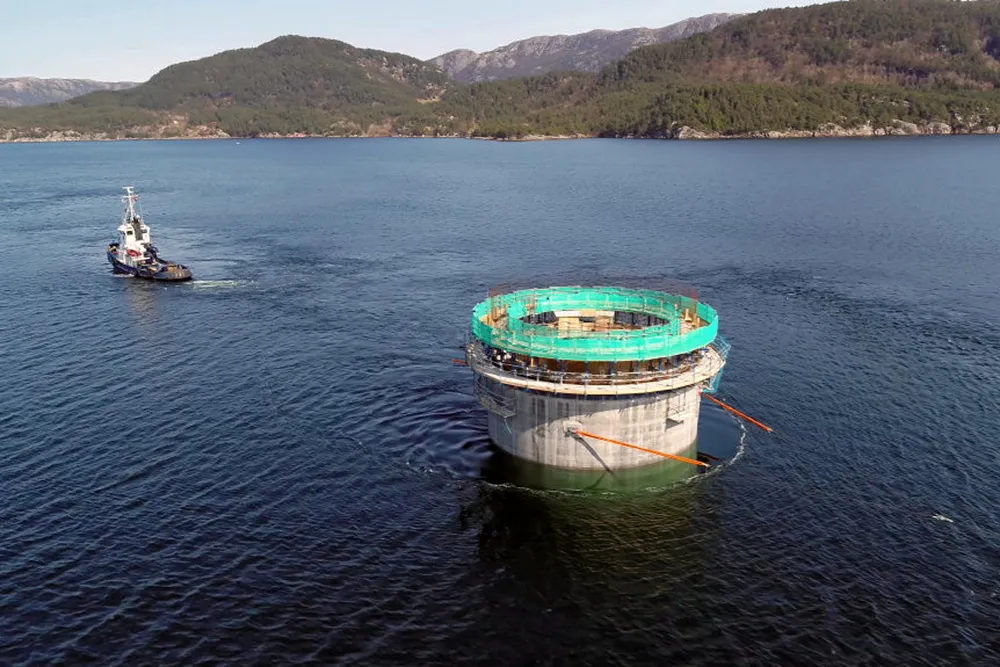Floating wind fairytale becomes reality as eleven 'trolls' head for North Sea oil giant
Spar substructures for world's largest floating turbine array are towed to Hywind Tampen site off Norway

Spar substructures for world's largest floating turbine array are towed to Hywind Tampen site off Norway
